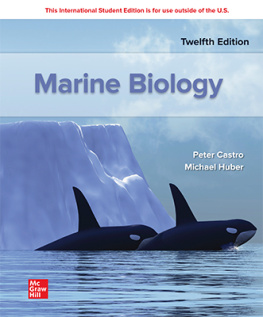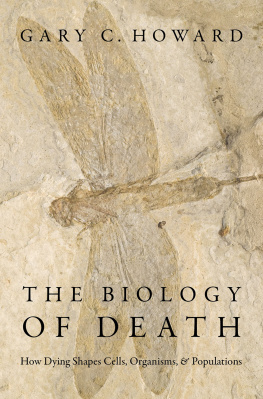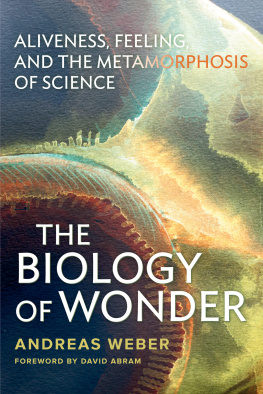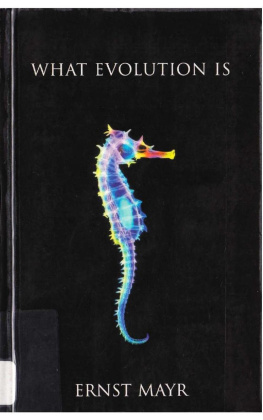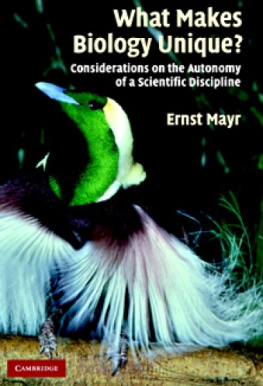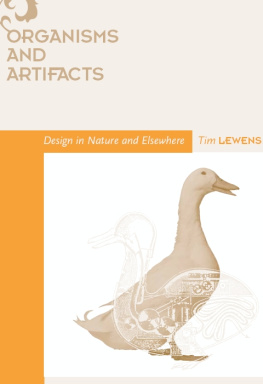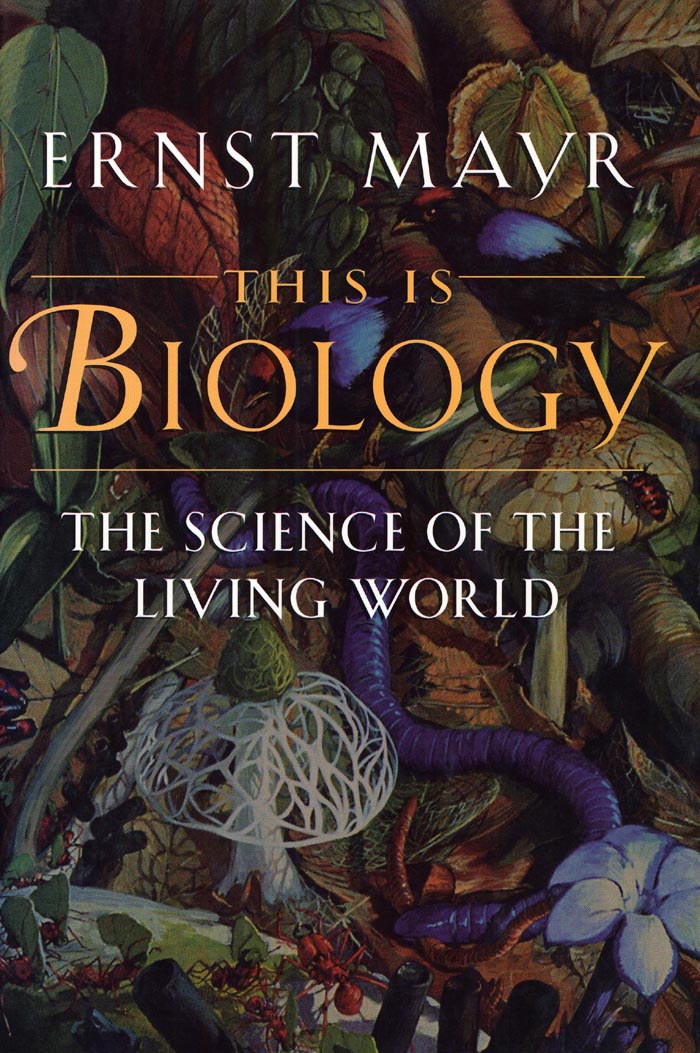THIS IS BIOLOGY
Also by Ernst Mayr
One Long Argument: Charles Darwin and the Genesis of Modern Evolutionary Thought (1991)
Toward a New Philosophy of Biology: Observations of an Evolutionist (1988)
The Growth of Biological Thought: Diversity, Evolution, and Inheritance (1982)
The Evolutionary Synthesis (with William Provine, 1980, 1998)
Evolution and the Diversity of Life: Selected Essays (1976)
Populations, Species, and Evolution (1970)
Principles of Systematic Zoology (1969)
Charles Darwin, On the Origin of Species: A Facsimile of the First Edition (Editor, 1964)
Animal Species and Evolution (1963)
Birds of the Southwest Pacific (1945)
Systematics and the Origin of Species (1942)
THIS IS BIOLOGY
The Science of the Living World
ERNST MAYR
THE BELKNAP PRESS OF
HARVARD UNIVERSITY PRESS
Cambridge, Massachusetts
London, England
Copyright 1997 by Ernst Mayr
All rights reserved
Printed in the United States of America
Eighth printing, 2001
First Harvard University Press paperback edition, 1998
Library of Congress Cataloging-in-Publication Data
Mayr, Ernst, 1904
This is biology : the science of the living world / Ernst Mayr.
p. cm.
Includes bibliographical references and index.
ISBN 0-674-88468-X (cloth)
ISBN 0-674-88469-8 (pbk.)
1. Biology. I. Title.
QH307.2.M39 1997
574dc20 96-42192
Designed by Gwen Frankfeldt
In memory of my mother,
Helene Pusinelli Mayr,
to whom I owe
so much
Contents
S ome years ago the then-President of France, Valry Giscard dEstaing, declared the twentieth century the century of biology. If this is perhaps not entirely accurate for the century as a whole, it has certainly been true for the second half. Today, biology is a thriving field of inquiry. We have witnessed unprecedented breakthroughs in genetics, cellular biology, and neuroscience, as well as spectacular advances in evolutionary biology, physical anthropology, and ecology. A whole industry has grown out of research in molecular biology; the results are readily apparent in fields as diverse as medicine, agriculture, animal breeding, and human nutrition, to name only a few.
The prospects for biology have not always been so bright. From the Scientific Revolution in the seventeenth century until well after World War II, science for most people meant the exact sciencesphysics, chemistry, mechanics, astronomyall of which relied heavily on mathematics and emphasized the role of universal laws. During this time physics was considered the exemplar of science. By comparison, the study of the living world was considered an inferior endeavor. Even today most people continue to hold profound misconceptions about the life sciences. For example, a failure to understand biology is frequently displayed in the media, whether the topic is the teaching of evolution, the measurement of intelligence, the possibility of detecting extraterrestrial life, the extinction of species, or the risks of smoking.
More regrettable, many biologists themselves have an obsolete notion of the life sciences. Modern biologists tend to be extreme specialists. They may know all about particular bird species, sex hormones, parental behavior, neuroanatomy, or the molecular structure of genes, yet they often are uninformed about developments outside their field of expertise. Rarely do biologists have the time to stand back from the advances in their own specialty and look at the life sciences as a whole. Geneticists, embryologists, taxonomists, and ecologists all consider themselves to be biologists, but most of them have little appreciation of what these various specialties have in common and how they differ fundamentally from the physical sciences. To shed some light on these issues is a major purpose of this book.
I have been a naturalist almost since I learned to walk, and my love of plants and animals led me to approach the living world holistically. Fortunately, the teaching of biology at the German high school I attended around 1920 centered on the whole organism and its interactions with the animate and inanimate environment. We would now say that the focus was on life history, behavior, and ecology. Physics and chemistry, both of which I also studied in high school, were something entirely different, and had little to do with living plants and animals.
During the years when I was a medical student, I was far too excited about medicine, and far too busy, to pay any attention to such basic questions as What is biology? and What makes biology a science? Indeed, there was not any subject taught at that timeat least not in the German universitieswhich was designated biology. What we would now call biology was taught in departments of zoology and botany, both of which strongly emphasized the study of structural types and their phylogeny. To be sure, courses were also given in physiology, genetics, and other more or less experimental disciplines, but there was little integration of the subjects, and the conceptual framework of the experimentalists was largely incompatible with that of the zoologists and botanists, whose work was based in natural history.
After switching my studies from medicine to zoology (particularly birds) following the completion of my preclinical examinations, I took courses in philosophy at the University of Berlin. But to my disappointment, they built no bridges between the subject matter of the biological sciences and that of philosophy. Yet in the 1920s and 30s a discipline was developing that would eventually be designated philosophy of science. In the 1950s, when I became acquainted with the teachings of this field, I was again bitterly disappointed. This was no philosophy of science; this was a philosophy of logic, mathematics, and the physical sciences. It had almost nothing to do with the concerns of biologists. Around this time I sat down and made a list of the major generalizations of evolutionary biology stated in books and published papersa few of which, by this time, I had contributed myselfand found that not a single one of them was adequately covered in the philosophical literature; most of them were not even mentioned.
Still, at this point I had no plans to make a contribution to the history and philosophy of science. My various essays on these topics were the result of invitations to conferences and symposia, which forced me to lay aside temporarily my researches in evolutionary theory and systematics. My only intention was to point out how very different biology was in certain respects from physics. For example, in 1960 I was invited by Daniel Lerner of the Massachusetts Institute of Technology to participate in a lecture series dealing with cause and effect. I had been interested in the problem of biological causation since my Serin finch paper in 1926 and another paper on the origin of bird migration in 1930. Therefore I welcomed this opportunity to sort through my thoughts on this subject. I had long been aware of a categorical difference between the inanimate and the living world. Both worlds obey the universal laws discovered and analyzed by the physical sciences, but living organisms obey also a second set of causes, the instructions from the genetic program. This second type of causation is nonexistent in the inanimate world. Of course, I was not the first biologist to discover the duality of causation in organisms, but my 1961 published paper from the lecture series was the first to provide a detailed analysis of the subject.


